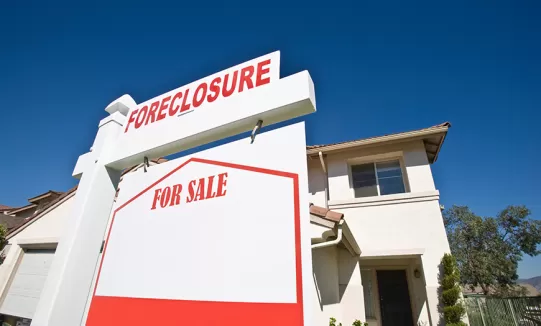Nevada’s topsy-turvy relationship with solar power in the past few years may have you unsure about its future. So where does the state stand on solar power? Is it right for Nevadan homeowners? For you?
Come take a short stroll down memory lane with us. It’ll help you fully appreciate where we’re at with solar energy today so you can make a smarty-pants-type decision.
Solar Power In Nevada: On Again, Off Again, On Again
This may bring ‘stating the obvious’ to a whole new level, but Nevada is a sunny place, ripe for solar power generation. Las Vegas averages 294 days of sunshine a year, and Reno averages 252 days. To put that into perspective, the national average is just 205 days, so yeah, the ability to generate power from solar panels here is pretty darn great.
Solar companies, plants and experts alike concurred, so solar-power-everything made a comeback in the 2000s. (As you may have heard, solar was popular in the 80s and early 90s.) In fact, Nevada is home to one of the world’s largest solar plants, Nevada Solar One in Boulder City.
Solar power customers were receiving generous incentives and credits for generating solar power that went back to the grid (called net metering). Solar jobs were in the thousands. Solar power was booming.
And then 2015 happened. Long story short, lawmakers revoked net metering. Solar companies quickly vacated Nevada, and took a valuable clean energy option—and tons of jobs—with them. Solar customers were irate, to put it mildly.
Fast forward to June 2017. Governor Brian Sandoval reinstated net metering, and announced that his goal was for Nevada to be a leader in energy policy. (We’re down with that! Check out our Energy Saving Is No Joke page for some energy-related funnies.) Now companies like Vivint Solar, Sunrun and Tesla have returned to the Silver State, eager to address Nevadans’ growing interest. Thankfully, solar power is once again a viable option for renewable clean energy and potential power bill savings.
This is where you come in.
Renewed Solar Energy Enthusiasm
With the new legislation firmly in place, utility companies are required to buy extra power from solar panel customers at a rate very close to retail. Cha-ching! This net metering, among other consumer benefits including a 30% federal solar tax credit, is what makes residential solar power affordable again—and a good option for many Nevada homeowners.
(As a side note, homeowner associations in Nevada are not permitted to deny homeowners access to solar energy, though they can set some reasonable guidelines on placement, aesthetics, etc.)
So let’s talk incentives. NV Energy, dispenser of the RenewableGenerations Incentives, lays out these three easy steps to reap the rewards of residential solar power:
- Find a contractor. (You must use an eligible contractor.)
- Apply.
- Claim your incentive.
Want more detailed information? NV Energy has you covered with a Solar Generations Handbook, monthly program reports (check out October’s report!), and a RenewableGenerations newsletter.
Go Nevada Solar Power, Go!
Of course we’re big fans of affordable energy. Our weatherization program is proof of that. But we’re also fans of clean energy, so our advice—should you choose to accept it—is this: If you can employ solar, geothermal or other forms of renewable energy in, on or around your home (understanding that recouping your initial investment will only happen over time), we encourage you to dive deeper, explore your options and look on the bright side—the solar side.


